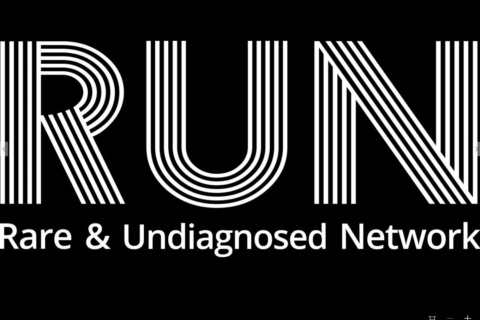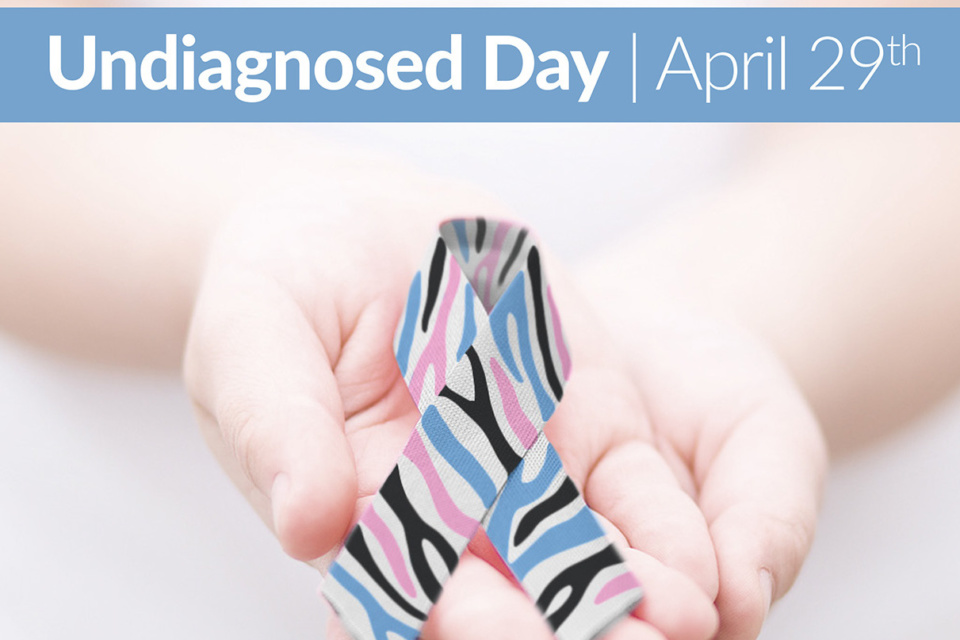#UndiagnosedDay is coming up on April 29th!
Please help us raise awareness for the undiagnosed rare disease community by supporting Undiagnosed Rare Disease Day on April 29th! #UndiagnosedDay
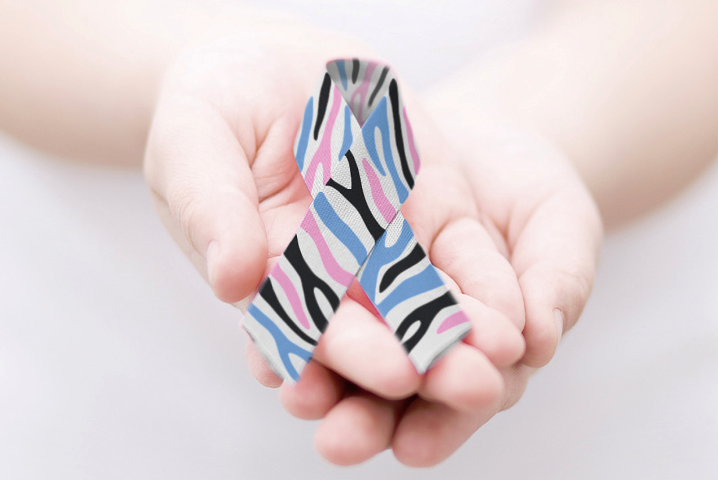
What is an undiagnosed condition?
A child has an “undiagnosed condition” when a physician is unable to find a diagnosis for certain characteristics or symptoms. – NIH National Human Genome Research Institute
An adult has an “undiagnosed condition” when a physician is unable to find a diagnosis for certain characteristics or symptoms. – NIH National Human Genome Research Institute
What does “undiagnosed” mean?
“An undiagnosed disease is a medical condition without a known cause despite a lot of evaluation.” – Undiagnosed Disease Network (UDN)
As many as 25 million Americans – about 1 in 13 people – suffer from a rare, undiagnosed condition. April 29 has been designated Undiagnosed Rare Disease Day to raise awareness that collectively, rare diseases are relatively common. People with a rare disease often spend years visiting different medical providers and clinics seeking answers to unexplained conditions – Rare, undiagnosed diseases are relatively common | Individualized Medicine blog (mayoclinic.org) By Susan Buckles
According to Online Mendelian Inheritance in Man (OMIM) 9173 hereditary diseases have been registered as of August 2020, of which 3308 are diseases classified as phenotypes with unknown molecular basis. Research for rare and undiagnosed diseases has become a major international trend. Leading projects such as the Undiagnosed Diseases Project (UDP)/Undiagnosed Diseases Network (UDN) (3) in the United States, Genomics England (4) in the United Kingdom, and Finding of Rare Genes in Canada (FORGE) (5) have achieved unprecedented outcome. Furthermore, the International Rare Disease Research Consortium (IRDiRC) (6) has built a broader cooperation system, which AMED joined in 2015. – Initiative on Rare and Undiagnosed Disease in Japan – PMC (nih.gov) By Yuji Takahashi and Hidehiro Mizusawa
Genomics is ending diagnostic odysseys for patients with rare diseases. –Rare Genetic Diseases
In the United States, it has been estimated that approximately 25 million Americans suffer from a rare disorder. – Undiagnosed Diseases Network (UDN).
Did you know that there are truly rare people born all the time? Around 350 million people on earth are living with rare disorders – this is a disorder or condition with fewer than 200,000 people diagnosed. About 80 percent of these rare disorders are genetic in origin, and 95 percent of them do not have even one treatment approved by the FDA.
The ability to read the human genome quickly and cheaply has led to substantial advances in discovering the causes of rare disorders. Many families have gone through years of “diagnostic odysseys,” going from one specialist to another trying to find the root cause for their family member’s rare disorder. It is difficult to overstate the relief that genomic testing has brought to many of these patients and families, not just for themselves but eventually for other affected families who are finally able to connect and share their challenges. In the last 10 years, a large number of patient groups have formed after the genomic cause has been identified for a specific rare disorder. These groups allow family members and patients to communicate with each other through social media or conferences. Perhaps more importantly, many of these patient groups are accelerating research on rare diseases by recruiting patients with the same condition to participate in scientific studies. When families band together, their efforts sometimes shrink the path for establishing the genetic basis for a rare condition from decades (and unfortunately many patient lifetimes) to a year or two. – Rare Genetic Diseases
What is Undiagnosed Rare Disease Day?
Undiagnosed Rare Disease Day is celebrated on several different days around the world but every day is undiagnosed for the families living in the world of the unknown. RUN celebrates Undiagnosed Rare Disease Day on April 29th. The main objective of Undiagnosed Rare Disease Day is to raise awareness for the undiagnosed rare disease community among the general public and decision-makers about undiagnosed rare diseases and their emotional, physical and financial impact on the lives of the patients and their families.
The campaign targets primarily the general public and also seeks to raise awareness among policy makers, public authorities, industry representatives, researchers, health professionals and anyone who has a genuine interest in undiagnosed rare diseases and the world of genetics. Since 80% of rare and undiagnosed rare diseases have identified genetic origins, it is imperative to raise awareness for the importance of genetics in the diagnostic odyssey of undiagnosed rare disease patients.
Please feel free to share our Undiagnosed Rare Day Disease ribbon and RUN’s #UndiagnosedDay video!
What is the theme for Undiagnosed Rare Disease Day?
The theme for 2022 is Collaboration!
The UDN welcomes collaboration opportunities from research, clinical, and industry partners. If you are interested in working with the UDN, please fill out this form: Collaborations.
The UDNI also welcomes collaboration. Apply as a Member.
Collaboration, Collaboration! Collaboration!
Rare diseases are characterized by a common denominator that is the infrequency of their occurrence in the human population. According to European Union criteria, rare diseases affect 5 per 10,000 persons in the EU population; in USA, rare diseases are defined as conditions that affect fewer than 200,000 individuals in the overall USA population, i.e. 320 million people. Although the frequency of separate entities often seem negligible, in the EU rare diseases affect about 30 million people and an estimated 25 million to 30 million Americans. Currently from 6000 to 8000 rare disorders are defined and many of them are waiting to be named in the future. Patient populations for individual rare diseases are small and scattered; international collaborations and networks are crucial to pool resources fragmented across individual countries for a better diagnosis and treatment. Undiagnosed rare diseases are conditions that elude diagnosis by a referring physician; some patients wait years for a definitive diagnosis. Undiagnosed rare diseases may include groups of unnamed disorders with common characteristics, phenotypically well described diseases, diseases with an unknown molecular basis or due to unknown, non-genetic factors. – Undiagnosed Disease Network International (UDNI)

All undiagnosed rare disease patients should apply to the Undiagnosed Disease Network. The Undiagnosed Diseases Network (UDN) is a research study backed by the National Institutes of Health Common Fund that seeks to provide answers for patients and families affected by these mysterious conditions. Apply to the UDN
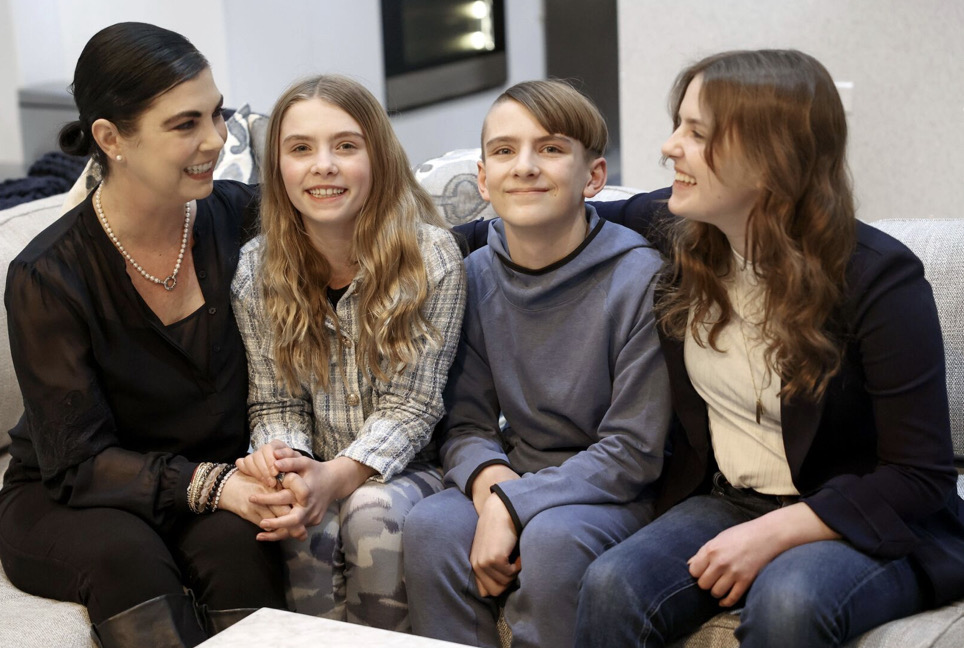
Kristin Murphy, Deseret News
“Our undiagnosed rare disease community continues on a path of emotional, physical and financial ruin. Many undiagnosed rare disease patients live their entire lives without a diagnosis or with a misdiagnosis. We need to eliminate the diagnostic odyssey, which causes physical, emotional and financial ruin for these families, by making next generation sequencing available to families immediately.
Since 80% of rare diseases have identified genetic origins, it is imperative to raise awareness for the importance of genetics in the diagnostic odyssey of undiagnosed rare disease patients. The importance of national and international data sharing is critical to improve diagnosis for these patients. We need to have collaboration and global cooperation.
We need to push hard on insurance companies to cover genetic sequencing in a clinical setting and have every single child sequenced in the United States. Sharing the data will allow for more information to be learned and for more of the undiagnosed rare disease patients to get answers. We can then and only then truly start on the next chapter of our journey – finding a treatment and a cure. As of now, being undiagnosed is our diagnosis and we need to be recognized as a distinct population.” – Gina Szajnuk “Undiagnosed” Persists as an Ominous Diagnosis for Rare Disease Patients
This is a very personal campaign for our Szajnuk family. We have worked with ten institutions in six different states on our diagnostic odyssey. We are praying for a diagnosis, a treatment and a cure in our lifetime. Please help us raise awareness for the undiagnosed rare disease community. – Gina Szajnuk Living With an Undiagnosed Rare Disease
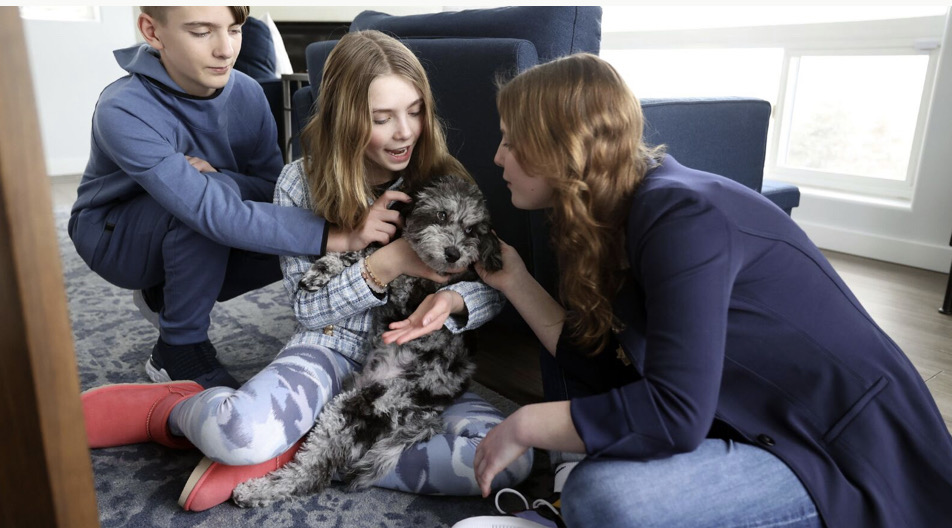
Kristin Murphy, Deseret News
“All rare diseases were once undiagnosed. Many children and adults are born and thought to be healthy. In one day, their lives changed in an instant. Rare and undiagnosed rare diseases will touch your life at some point. It could be your mom, your dad, your friend or your child. Help us to do all that we can in our power to let us save their lives. I would just like to say that some people ask, “Why do you hurt?” I say, “If we knew that, I would already be cured.” Imagine it, like every normal person was a brilliant blue sky, and I, am a raging hurricane Harvey. Thank you.” – Ava Szajnuk
Thank you to everyone that shares about Undiagnosed Rare Disease Day!
RUN’s Mission: RUN stands for the Rare & Undiagnosed Network. We’re a group of advocates, patients, families, researchers, and healthcare providers who share the same mission and vision: To empower rare and undiagnosed patients and their families with genomic information and community through advocacy, networking and support.
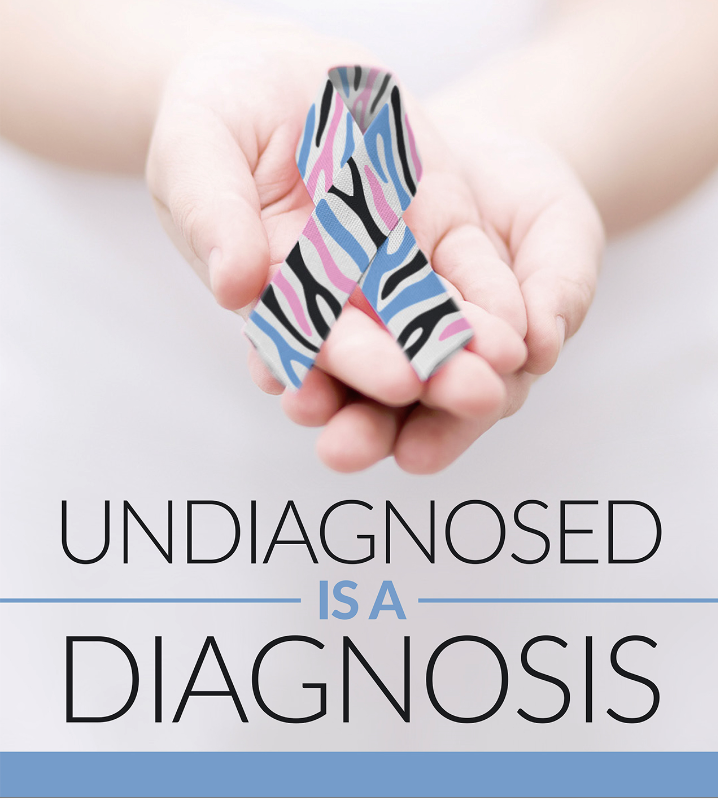
A special thank you to Small Forces Productions for donating our Undiagnosed Rare Disease Day video.
Please use #UndiagnosedDay in all of your social media!
If you have undiagnosed rare disease statistics to share, please email them to ginaszajnuk@gmail.com!
Please reach out to your local media to share your undiagnosed rare disease journey! We want to raise as much awareness that we can for our undiagnosed community!
Contact information: Gina Szajnuk (Zanik)
Co-founder and Executive Director
Rare and Undiagnosed Network (RUN) E: ginaszajnuk@gmail.com
C: (310) 883-4353
To Read: A mother’s unrelenting crusade to help those trapped in the wilderness of the undiagnosed – by Lee Benson To Read: “What is the hardest part of being undiagnosed?” by Gina Szajnuk
To Read: “Undiagnosed is a Diagnosis” by Ava and Gina Szajnuk
To Read: The Szajnuk Journey To Read: “Push Through” by Ava Szajnuk RARE Cast by Global Genes: “A Young Rare Disease Advocate Discusses Life with an Undiagnosed Condition”
